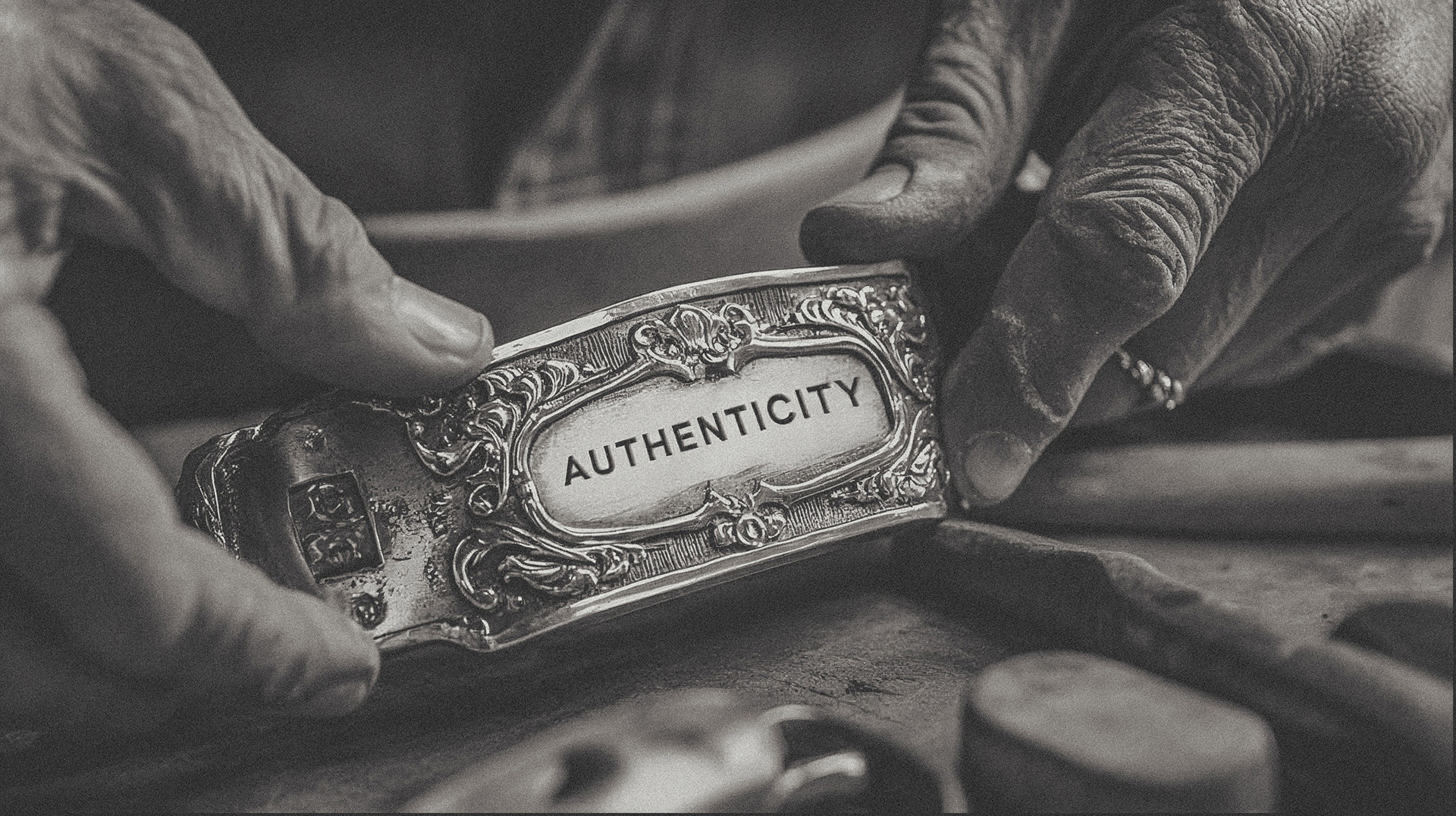Every brand seems to be chasing authenticity. It’s the golden ticket, the secret sauce, the thing we’re told people crave most from brands. But let’s take a step back. What does it mean for a brand to be authentic? Can a company really embody a human trait when everything they do—every campaign, statement, and act of goodwill—is meticulously planned, packaged, and distributed?
Authenticity is inherently human. It’s unfiltered, often imperfect, and rarely asks for recognition. It thrives in quiet, vulnerable, and unrehearsed moments. But marketing isn’t quiet. It’s loud, in your face, and designed to capture attention and amplify. The very act of broadcasting a message means crafting it, and the more you craft something, the more performative it becomes.
Take the recent California wildfires. Brands have responded with donations, social media posts, and ad campaigns highlighting their efforts to help communities rebuild. On paper, these actions seem genuine—after all, lives, homes, and entire communities have been devastated. What better time to step up and show values in action? But then come the hashtags, the carefully staged videos, and the paid media campaigns that sometimes exceed the donation itself.
It’s a pattern we see too often. The focus shifts from the victims to the brand itself—a chance to become the main character in a trending story. The intention may have been genuine, but the execution feels performative. In the end, it’s no longer about helping; it’s about being seen helping. And that’s the moment when authenticity slips away entirely.
When does authenticity cross the line into performance?
The truth is, the second a brand decides to share its values or act of goodwill, it becomes inauthentic. Consider the moments when brands act without an audience. Do those moments even exist for some?
They do for the grocery chain Aldi. They’ve quietly donated surplus food to communities for years without turning it into a PR stunt. No hashtags, no campaigns or talking heads—just consistent action rooted in their values of minimizing waste and helping those in need. Why haven’t you heard much about it? Because they’re not doing it for visibility; they’re doing it because it’s consistent with their values.
But finding the Aldis of the world isn’t easy. Because brands operate in a world where visibility is currency, and authenticity often becomes another product to sell, dressed up in the language of social good.
This isn’t about calling out brands for their efforts—some of them genuinely do good. It’s about recognizing the complexity of those efforts in a marketing-driven landscape. Chick-fil-A, for example, donated food to hurricane victims last year. That’s a real, tangible act of kindness. But then they wrapped it in a sleek video and blasted it across channels. Was the goodwill still there? Sure. But now it felt transactional—a way to score points with the public rather than simply do the right thing.
This is the paradox of authenticity, highlighting the tension between actions taken with genuine intent and those taken with visibility in mind. As soon as goodwill becomes strategy, it fails. The more a brand tries to prove its authenticity, the less believable it becomes.
So, Is Authenticity Even Possible?
What if we focused on something more attainable? Credibility. Transparency. Consistency. These are traits a brand can control, and they go a long way in building trust.
Credibility doesn’t mean pretending you don’t care about profit. It means being upfront about the balance between purpose and business goals. It means showing your values through actions, not just campaigns, and being comfortable with the idea that not every good deed needs to be shared.
The holy grail of marketing might not be authenticity—it might just be the willingness to admit what you are and what you aren’t. Brands aren’t people. They can’t feel. They can’t act selflessly. What they can do is earn respect by being honest about their intentions.
Let’s Redefine the Goal
The chase for authenticity has led to a culture of over-curation, where every action becomes part of a narrative and every narrative is designed to sell. And brands continue to look for any opportunity to feel relevant and share every act of goodwill as if the world is eagerly waiting.
They’re not.
Maybe it’s time we accept that authenticity, in its truest form, is a human trait, not a brand strategy. And maybe that’s okay. Brands don’t need to be authentic to be impactful. They just need to be credible and consistent enough to earn trust and transparent enough to let their actions speak for themselves. Quieter. Without the need for public validation.
In the end, what matters is whether a brand is consistent. And consistency builds trust, which is better attainable by brands. Bud Light’s quick retreat from supporting the transgender community when it bit into their profits revealed a lack of real commitment. Their values became inconsistent and driven by business objectives, rather than acceptance or social good. On the other hand, brands like Patagonia have built trust by consistently following through—whether it’s their environmental efforts or putting purpose over profit. And showing up the same way, every time, even when no one is watching, is why they are a trusted brand.
What Brands Can Do
The chase for authenticity has turned into a race for visibility, but what truly matters is trust. Trust isn’t built through performative posts or videos—it’s earned in the quiet, consistent moments no one sees that prove you are who you say you are.
Take Apple. Their trust wasn’t built by their ads or social media, for many years they didnt have a presence on social. It was built by their relentless pursuit of simplicity. Walk into any store, and you see it in the intuitive layout, seamless service, and thoughtful design of their products. Apple doesn’t need to tell you they value simplicity—they show it, over and over again. And when they don’t? You hear it.
At Cast Iron LA, trust is the foundation of everything we do. It’s in the way creatives work directly with our clients, ensuring clear communication and accountability at every step. It’s in how we deliver honest answers, transparency and consistent results.
Trust isn’t earned through performance—it’s lived, moment by moment, behind the curtain. And that is a lesson many brands have yet to understand.


